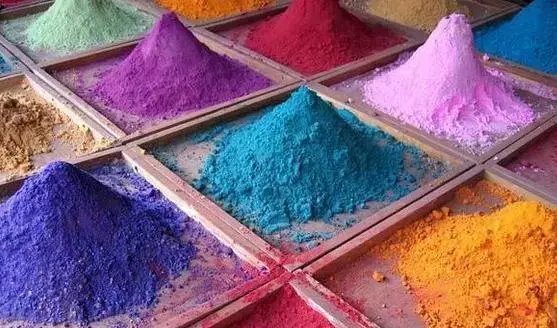Magnesium oxide is an important inorganic compound with good adsorption properties. In dye wastewater treatment, magnesium oxide can remove dyes through adsorption, thereby purifying water quality.

The adsorption performance of magnesium oxide to dyes mainly depends on the following factors:
Surface properties of magnesium oxide: Functional groups such as hydroxyl and carboxyl groups on the surface of magnesium oxide can have electrostatic attraction or chemical interactions with dye molecules, thereby achieving adsorption.
Molecular structure of the dye: The size, shape, polarity and other factors of the dye molecules will affect its adsorption performance to magnesium oxide.
Adsorption conditions: Adsorption temperature, pH value, solution concentration and other factors will affect the adsorption process.
Studies have shown that the adsorption performance of magnesium oxide for dyes is closely related to its specific surface area. The larger the specific surface area, the more adsorption sites on the surface of magnesium oxide and the stronger the adsorption capacity. Therefore, when preparing magnesium oxide adsorbents, some methods are usually used to increase its specific surface area, such as chemical synthesis, physical modification, etc.
The adsorption effect of magnesium oxide on dyes is usually expressed by the adsorption amount. The larger the adsorption amount, the better the adsorption effect. Studies have shown that there are differences in the adsorption capacity of magnesium oxide to different types of dyes. Generally speaking, magnesium oxide has a better adsorption effect on anionic dyes and a poorer adsorption effect on cationic dyes.
The application of magnesium oxide in dye wastewater treatment has the following advantages:
Good adsorption effect: Magnesium oxide has a high adsorption capacity for dyes and can effectively remove dyes.
Simple operation: The magnesium oxide adsorption method has a simple process and is easy to operate.
Low cost: Magnesium oxide is a cheap material, so its application cost is low.
Magnesium oxide has been widely used in dye wastewater treatment. In the future, as the performance of magnesium oxide adsorbents continues to improve, its application in the field of dye wastewater treatment will be more extensive.
